“An American” (1775-1790)
Benjamin Franklin leaves London and returns to wartime Philadelphia where he joins Congress and helps Thomas Jefferson craft the Declaration of Independence. In Paris, he wins French support for the American Revolution then negotiates a peace treaty with Britain. He spends his last years in the new United States, working on the Constitution and unsuccessfully promoting the abolition of slavery.
Episodes
-

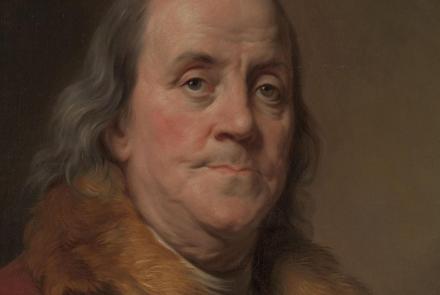
“An American” (1775-1790)
S1 E2 - 1h 54m
Benjamin Franklin leaves London and returns to wartime Philadelphia where he joins Congress and helps Thomas Jefferson craft the Declaration of Independence. In Paris, he wins French support for the American Revolution then negotiates a peace treaty with Britain. He spends his last years in the new United States, working on the Constitution and unsuccessfully promoting the abolition of slavery.
-

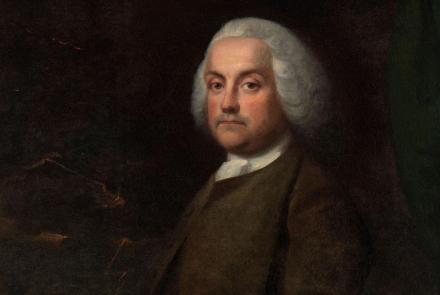
Spanish Version | “Join or Die” (1706-1774)
S1 E3 - 1h 55m
Leaving behind his Boston childhood, Benjamin Franklin reinvents himself in Philadelphia where he builds a printing empire and a new life with his wife, Deborah. Turning to science, Franklin's lightning rod and experiments in electricity earn him worldwide fame. After entering politics, he spends years in London trying to keep Britain and America together as his own family starts to come apart.
-

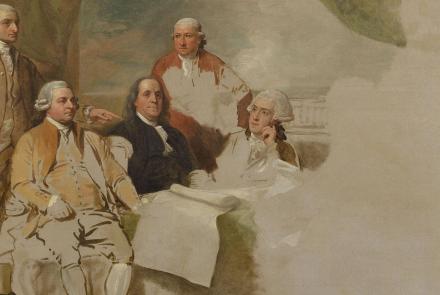
“Join or Die” (1706-1774)
S1 E1 - 1h 55m
Leaving behind his Boston childhood, Benjamin Franklin reinvents himself in Philadelphia where he builds a printing empire and a new life with his wife, Deborah. Turning to science, Franklin's lightning rod and experiments in electricity earn him worldwide fame. After entering politics, he spends years in London trying to keep Britain and America together as his own family starts to come apart.
Extras + Features
-
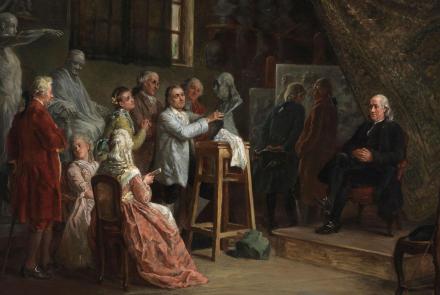
Behind the Scenes | Exploring Benjamin Franklin
2m 2s
Get an inside look from Ken Burns and those featured in the film on why they chose to explore the life of Benjamin Franklin.
-
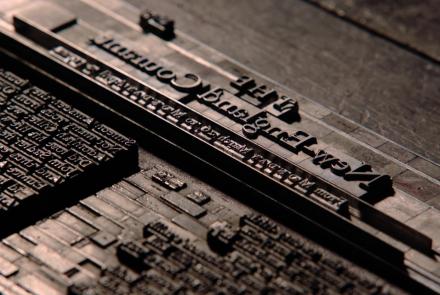
Franklin Makes a Name for Himself as a Printer
3m 53s
Franklin, who had only two years of formal education, largely taught himself through reading and on the job. At age 12, he joined his older brother James’s print shop as an apprentice printer. Later, when an essay appeared in James’s newspaper over the name Silence Dogood, no one, including James, knew the real author was 16-year-old Benjamin.
-
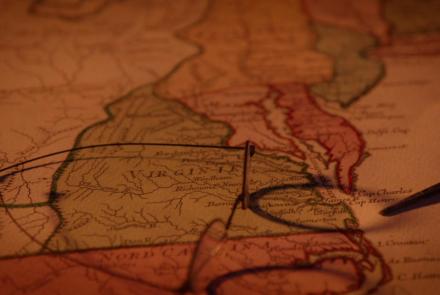
Franklin Hears About Washington’s Victory at Yorktown
2m 39s
In November 1781, Franklin heard news of the victory at Yorktown, the decisive battle of the American Revolution that was won by the combined forces of the French military and George Washington’s Continental Army. Back in 1778, Franklin had secured the alliance that brought France into the war, and without the French Army and Navy, the outcome at Yorktown would not have been possible.
-
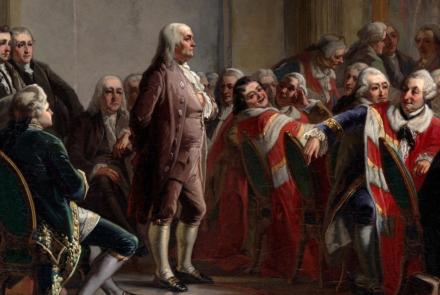
Publicly Humiliated in London
6m 2s
As Britain and the colonies grew apart, Benjamin Franklin, the most famous American in London and an agent for several colonies, found himself caught in the middle. After the Boston Tea Party, he was publicly humiliated in a government meeting room called the Cockpit and blamed for the crisis across the ocean. It was clearer than ever that Franklin would have to choose a side.
-
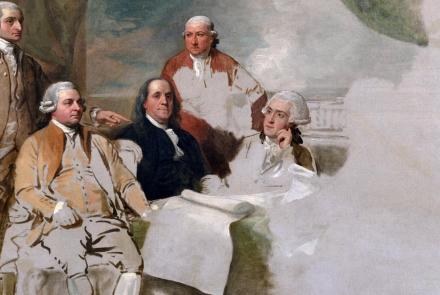
The Treaty of Paris, 1783
4m 20s
On September 3, 1783, Franklin and the other peace commissioners signed the Treaty of Paris. The American Revolutionary War was over, and Britain officially recognized the independent United States of America and its claims to a third of the North American continent. For others who were not party to the peace talks, especially Native Americans, the treaty was devastating.
-

Franklin Faces His Racial Prejudices
1m 58s
Deborah Franklin encouraged her husband to visit a new school for enslaved and free Black children in Philadelphia. After his visit, Benjamin Franklin admitted that he had previously held a low opinion of the “natural Capacities of the black Race,” but observing the children at school had proven his prejudices wrong. He now knew they were “in every Respect equal to that of white Children.”
-

Franklin and Adams: Rivals on the Same Diplomatic Mission
4m 3s
Benjamin Franklin and John Adams served the United States together as diplomats to France during the American Revolution, but they frustrated each other with their conflicting approaches to the job. Adams was impatient and did not recognize that Franklin’s popularity was an important asset in securing vital French support for the war effort.
Schedule
WETA Passport
Stream tens of thousands of hours of your PBS and local favorites with WETA Passport whenever and wherever you want. Catch up on a single episode or binge-watch full seasons before they air on TV.
Similar Shows

Al Capone: Icon
History
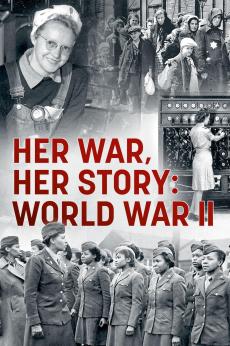
Her Story, Her War: World War II
History
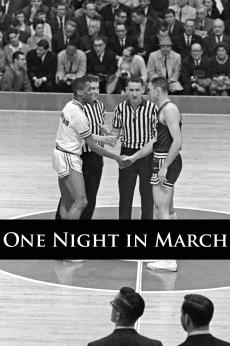
One Night in March
History
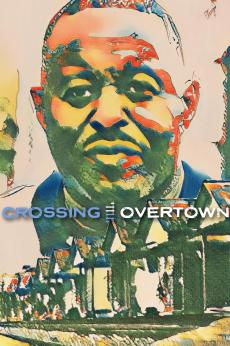
Crossing Overtown
History
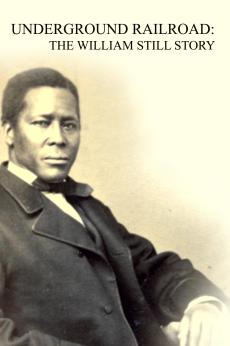
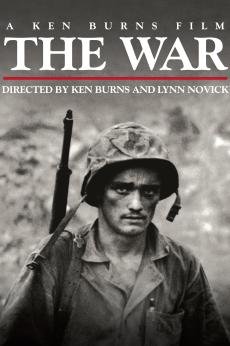
The War
History
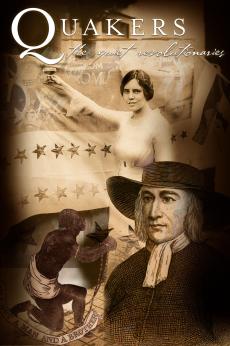

Pathways to Invention
History
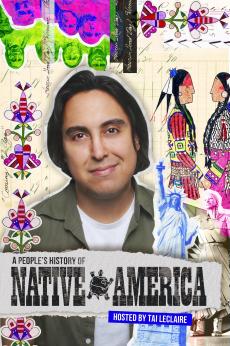
A People's History
History
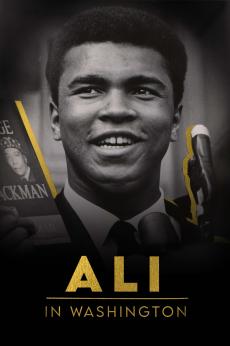
Ali in Washington
History